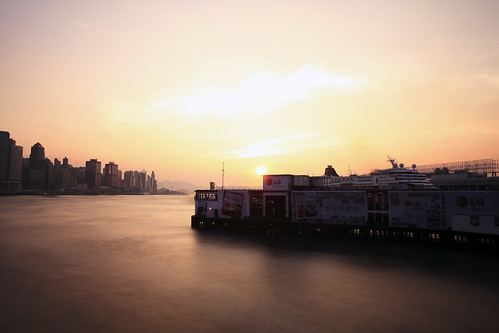brapodam said:TS, I don't want to sound offensive or anything, but this is not the proper way to learn photography. You should not "memorise" settings for portraits, landscapes, sunrise, sunset. There is no magic setting. You need to know what aperture, shutter speed and ISO does, and then use this knowledge to decide what settings to use to get the desired effect.
This is so true.


